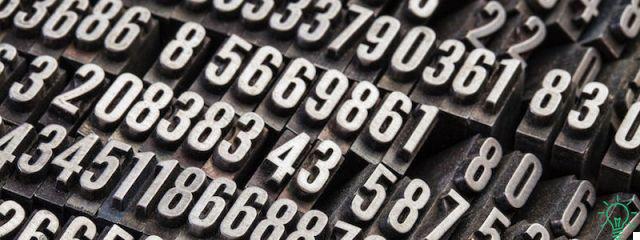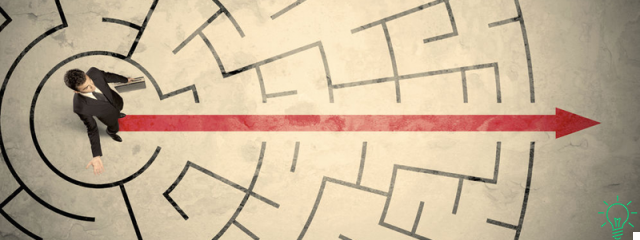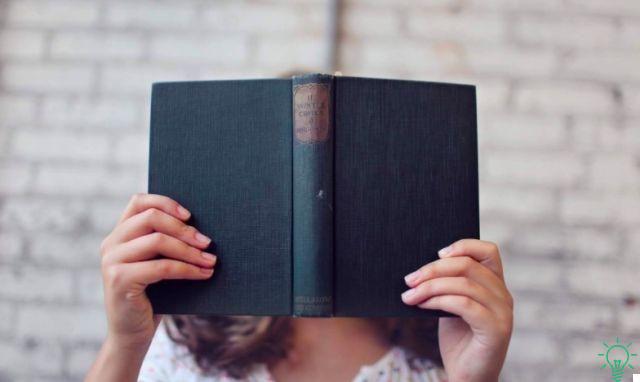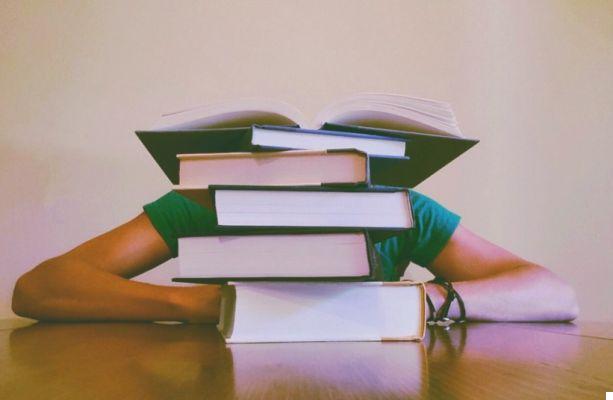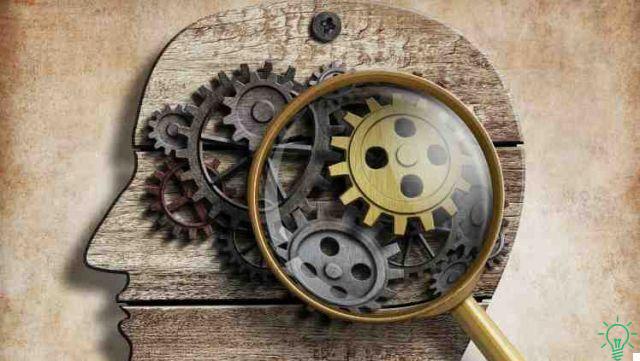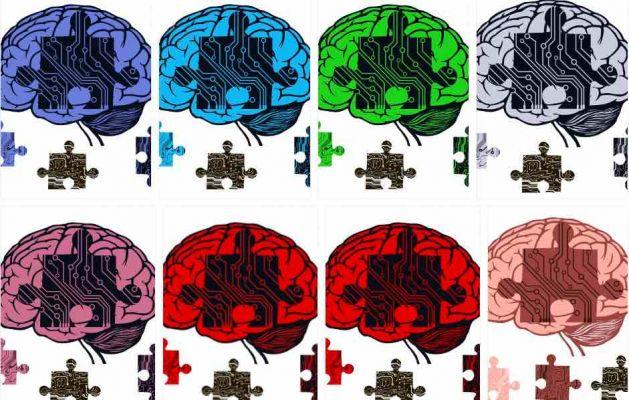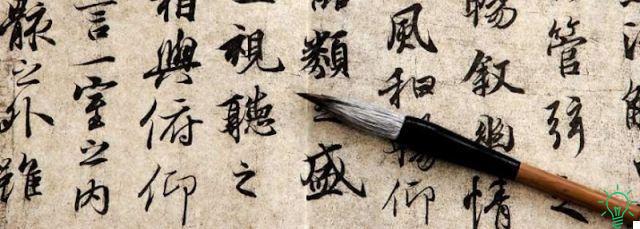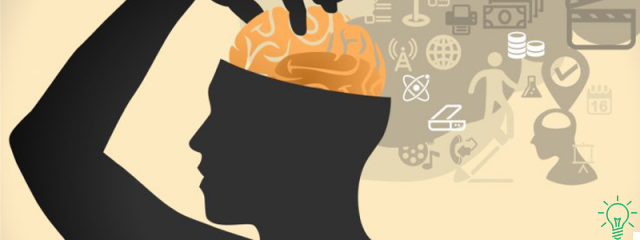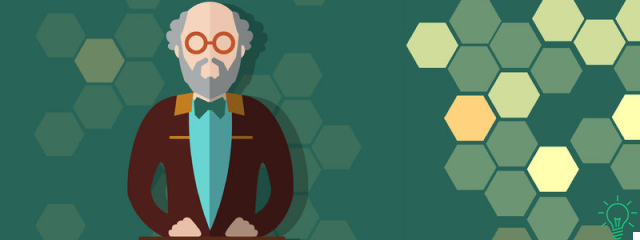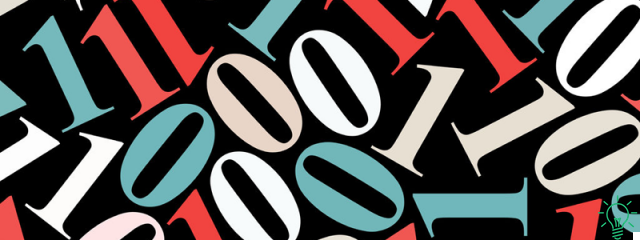
use the visual memory (or memory photographic) it is a very powerful learning strategy.
In fact, it exploits our extraordinary ability to remember through images.
And it does this in two ways:
- When we find, for example in a text, an image to be stored.
- When instead we create a mental image ourselves to remember something, as happens in memory techniques.
But I know from experience that many people don't even try to use it because they are convinced they have one bad visual memory.
There is nothing further from the truth!
In this article I will explain:
- Because it is an innate faculty of our species
- How can you wake her from the torpor into which you may have dropped her
Visual memory and learning
Today, especially for those who study, learning and memorizing means reading or listening to words, then repeat them an unknown number of times.
But think about it….
For hundreds of thousands of years:
- We have done without writing and reading
- We used a very limited vocabulary when speaking.
Instead it was what we saw (or touched / smelled / felt) which allowed us:
- To keep us out of harm's way
- To take advantage of the opportunities
- To learn from the environment around us
Under the sign experience of the world and the consequent survival skills were therefore linked, during our evolution, above all to the sense organs, primarily the view.
And that's why:
- When you read or listen to a speech, it often happens that you remember little or nothing
- But when you see something, you remember it perfectly (see also the article remembering through images)
But wait a moment ...
Since even written words are images, why is it so difficult to remember them?
Because the mvisual memory works poorly with words
Words, when written, are themselves images… remembering them with visual memory, however, is difficult, because they are images very little characterized.
On the other hand, with just over 20 symbols, almost all words in the world are formed, in almost all languages (with the exception, for example, languages such as Chinese, which use ideograms)
It is therefore normal that images of a bear or a landscape are much more memorable than the words that describe them.
The first step, therefore, to use visual memory is to learn how to do it transform la words in pictures.
It is an activity that has, at the same time, a high level of both logical and creative content.
- Logical, because the conversion does not happen word for word, but with images that represent whole groups of words. And you can form this kind of images from a text only if you have understood and synthesized it.
- Creative, because giving shape and image to a thought, a description, a concept, requires a lot of effort on the part of your right hemisphere.
As a consequence, convert the word stream into an image stream greatly increases your storage capacity.
In fact, the main memory techniques, such as the loci technique or the mental palace, are nothing more than ordered sequences of images to which further images can be linked.
How to do this can be found in my article on the mental palace.
Now, instead, let's see together how to make the images you see - both real and mental - become more memorable.
To explain it to you, let's do a little test.
Visual memory - Test 1
Look at each of the following photos for 5 seconds:
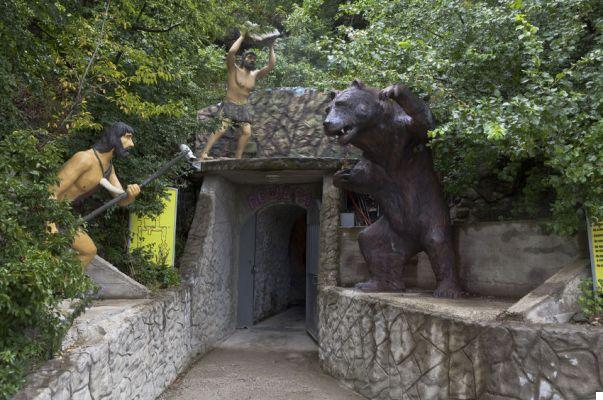

Of the first you are probably able to remember the position of the two men with respect to the bear, how they are dressed, what they are holding, where is the entrance to the "cave" ...
In short, you are able to reconstruct it with some precision.
Of the second remember instead that it is a beautiful landscape with a house more or less in the center (in reality it is towards the bottom and to the right), and little more.
This different performance of your visual memory depends on some specific characteristics of these images.
Create memorable images
There are three main elements that distinguish the images you have seen:
- Emotional content. Clearly the sight of two primitive men and a huge bear has a emotional impact stronger than what a beautiful landscape gives you.
- Presence of action. In the first scene something is happening, and our brain almost unconsciously already foresees the developments of what will happen. The second photograph, on the other hand, is static, that is, it does not represent any action in progress.
- Observation perspective. The arrangement of bear and men, and the relatively close distance, almost put you "inside" the scene itself. In the second case, however, you are far away and detached from the landscape
And that's why you remember the first image much better.
But if, for example, in the second photograph suddenly appeared a huge black cloud with a lightning bolt that discharges straight towards the house at the bottom right, here it is your visual memory suddenly it would make you remember it better.
In fact, you would add both the emotional content strong, be it an action or event relevant to your brain.
In transforming the flow of words into a flow of images, we can then identify the first 3 fundamental rules to make the "mental photos" you create memorable:
- Add content emotionally relevant
- Incorporates actions
- Look at the image from one perspective that puts you as much as possible within it
Doing these things, however, requires quite intense mental work.
Visual memory is not photographic at all
Visual memory is also called "photographic memory", but it is not at all.
In fact, our eyes do not interact with the environment as if they were a photographic lens.
With the exception of eidetic memory - however never really scientifically proven - use the visual memory it does not therefore mean "printing" an image in the mind and then looking at it at will, as is done with a PC.
Instead, it means interacting with the image in a complex way, operating a series of processes in a flash selective and analytical.
Although these processes depend to a large extent on automatisms, they do they can be changed, influenced and transformed from our higher brain structures.
This means that, with a series of precautions, you can improve visual memory:
- both of real pictures that you see
- both of mental images that you create.
And you can then use it for better remembering.
Before seeing how, let's do a second test together.
Visual memory - Test 2
Can you describe a one euro coin?
Probably not much, beyond perhaps the fact that it has a gold rim and a ferrous core, and little else.
Yet you have seen it thousands and thousands of times.
The fact is that when your eyes look at a one euro coin, they do not go through any analytical or selective processes on it.
That is, they see it without observing it at all. It is enough for him recognize it.
Therefore, despite all the times we have seen it, we cannot remember much of a one euro coin.
Why visual memory, like any other (auditory, praxic, etc), it works much better by "intention" than by repetition.
What do I mean by this?
What if there isn't one conscious and focused effort to remember, even a hundred repetitions are of little use.
As students know well that, by repeating absent-mindedly or continually throwing the eye on the paper, it takes forever to memorize.
To better remember what you see your eyes must not be passive, but have "intention".
That is, the gaze must be accompanied by one conscious effort to memorize.
This "intention" often occurs for natural reasons, as it is stimulated by the image itself.
For example, as we have seen, a bear attacking you immediately stimulates the intention in your eyes :))
Most of the time, however, your eyes are distracted and there are no bears to stimulate them.
How can you do then?
5 strategies to improve visual memory
To have more visual memory, you need to re-educate your eyes to look seriously, through 5 strategies:
- Segments the image. When you break up an initial image into 3-4 parts, you are forced to concentrate to look for boundary lines between one part and the other. These boundary lines reveal differences, symmetries and patterns within the image itself, thus increasing the mnemonic impression. (Anyone who has ever taken a drawing course knows how essential it is to identify this type of lines to effectively reproduce an image).
- Count the important elements. Counting forces you to pinpoint details within the image itself, pausing for a moment on each one.
- Identify the dominant colors. The shades of color within an image can be very many, and it is impossible to think of remembering them all. Then focus on the 2 or 3 most relevant color spots within it
- Identify the geometric shapes. Our brains seem to have an innate fondness for what is geometric. When you looked at the landscape image earlier, you probably didn't notice. Come back to it for a moment, and see how many triangles, squares, rectangles and rhombuses are easily identifiable in it! Just as if you observe the hunting scene, you will see that bear and men are at the top of a triangle.
- If necessary, repeat all over again on a smaller scale (i.e., zoom in). Each of the processes we have just seen applied to the image as a whole can be reiterated on individual parts of it. Thus increasing the amount of information you are able to remember.
Try applying these rules to the photographs you saw above. And then close your eyes and try to reconstruct the images.
You will see how much the accuracy with which you are able to do this has increased!
Sure, maybe it took you a long time to apply all 5 strategies.
But with practice, your visual memory will become faster and more automatic.
Visual memory exercises
Detectives, photographers, artists, thanks to the training they do at work, often have one exceptional visual memory.
To exercise yours, I recommend that you use the 5 strategies we have seen above by doing two types of workouts:
1 - Say "depth". Here, the aim is to remember as many details as possible. Look at a photo for about ten seconds, doing the operations I described above on it, then close your eyes and try to reconstruct it in your mind.
2 - Say "speed". Here, the aim is to develop cerebral agility. Board games like "memory" are fine, but of course online resources are more convenient. I personally use this free memory game, in which you have to remember the positions of the white squares.
The former is more useful, but the latter is more fun.
Plus, since the software gives you a score, you can track your visual memory progress over time.
Apart from the exercises, however, immediately try to bring the use of visual memory in your routines.
First using it to remember, according to the rules we have seen, the images that you find in your texts (as long as they are useful for the exam!).
And then, to create mental images yourself for use with memory techniques.
On this last point, however, you have to keep in mind one important thing: as I always say to those who study mnemonics with me, in memorizing through images there is always a trade off, a compromise, between accuracy and speed.
Then, when you exercise, it's fine to take your time, use all 5 strategies above, search and build perfect images.
When you study instead, you have to find the right compromise, because:
- on the one hand, the better the image is built, the more memorable it is
- on the other hand, the better the image is built, the more time you invested to do it
In short, visual memory, but with common sense, distinguishing between when you are training it and when, instead, you are using it to learn seriously.





